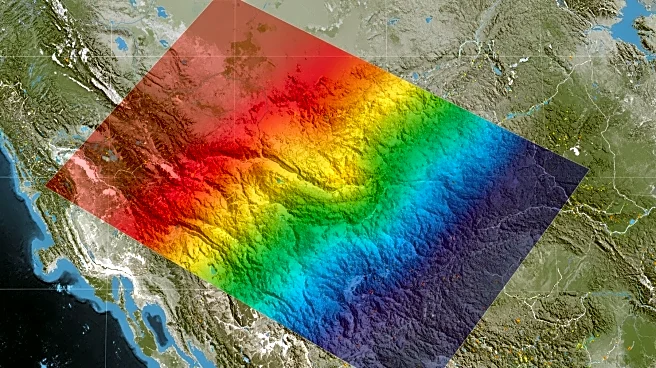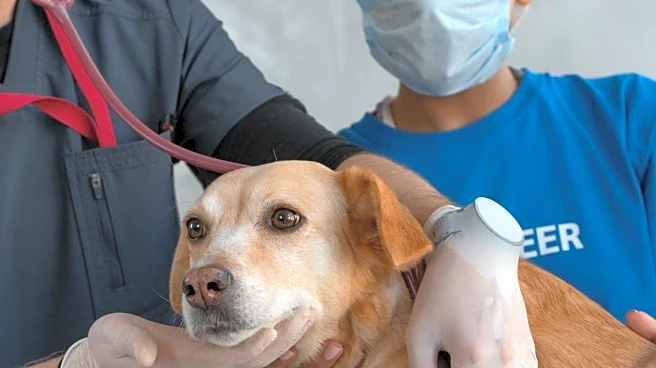What's Happening?
A recent study has utilized Geographic Information Systems (GIS) and spatial scan statistics to analyze the spatial and temporal distribution of tuberculosis (TB) and dengue cases in Nepal from 2020 to 2023.
The study identified significant clusters of TB and dengue, highlighting areas with higher-than-expected incidences. TB cases showed a stable but high burden, with primary clusters in regions like Kathmandu and Lalitpur. Dengue cases, however, experienced a sharp increase in 2022, particularly in urban areas. The study emphasizes the importance of spatial-temporal analysis in infectious disease surveillance, providing a framework for early detection and intervention.
Why It's Important?
The study's findings are crucial for public health planning and resource allocation in Nepal. By identifying high-risk areas, health authorities can target interventions more effectively, potentially reducing the spread of these diseases. The use of GIS and spatial scan statistics offers a methodological prototype for other regions facing similar health challenges. This approach can enhance the precision of disease surveillance, leading to timely responses and better management of outbreaks. The study also underscores the need for continuous monitoring and adaptation of health strategies to address evolving disease patterns.
What's Next?
The study suggests further research into the risk factors contributing to the high burden of TB and dengue in identified clusters. Health authorities may consider implementing targeted interventions, such as vaccination campaigns and public awareness programs, in these areas. Additionally, the integration of GIS technology into national health surveillance systems could improve the efficiency of disease monitoring and response. Collaboration with international health organizations may also be beneficial in addressing these public health challenges.
Beyond the Headlines
The study highlights the potential of spatial-temporal analysis in transforming public health surveillance. By providing a detailed understanding of disease distribution, this approach can inform policy decisions and resource allocation. It also raises ethical considerations regarding data privacy and the use of technology in health monitoring. The findings may prompt discussions on the balance between technological advancement and ethical responsibility in public health.












